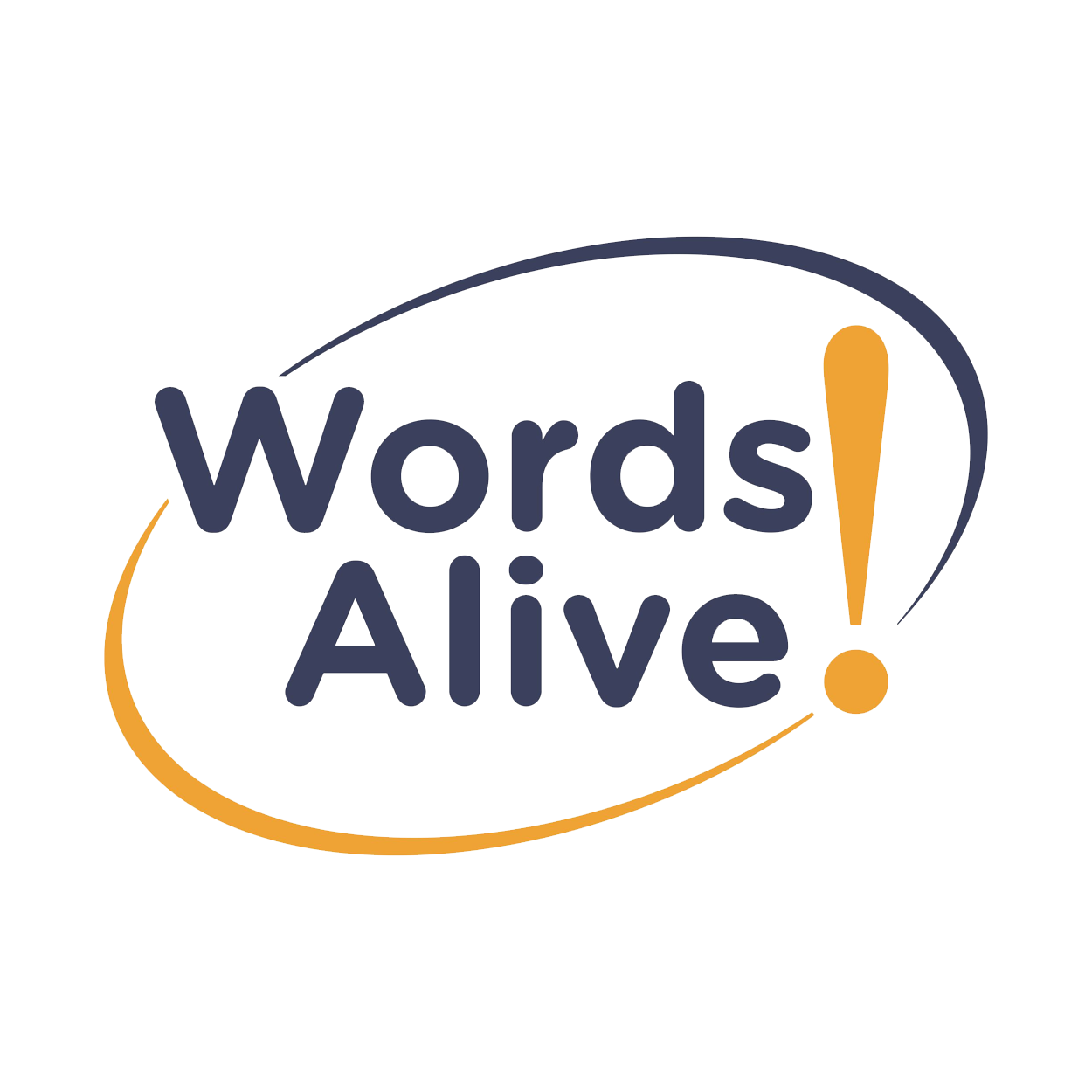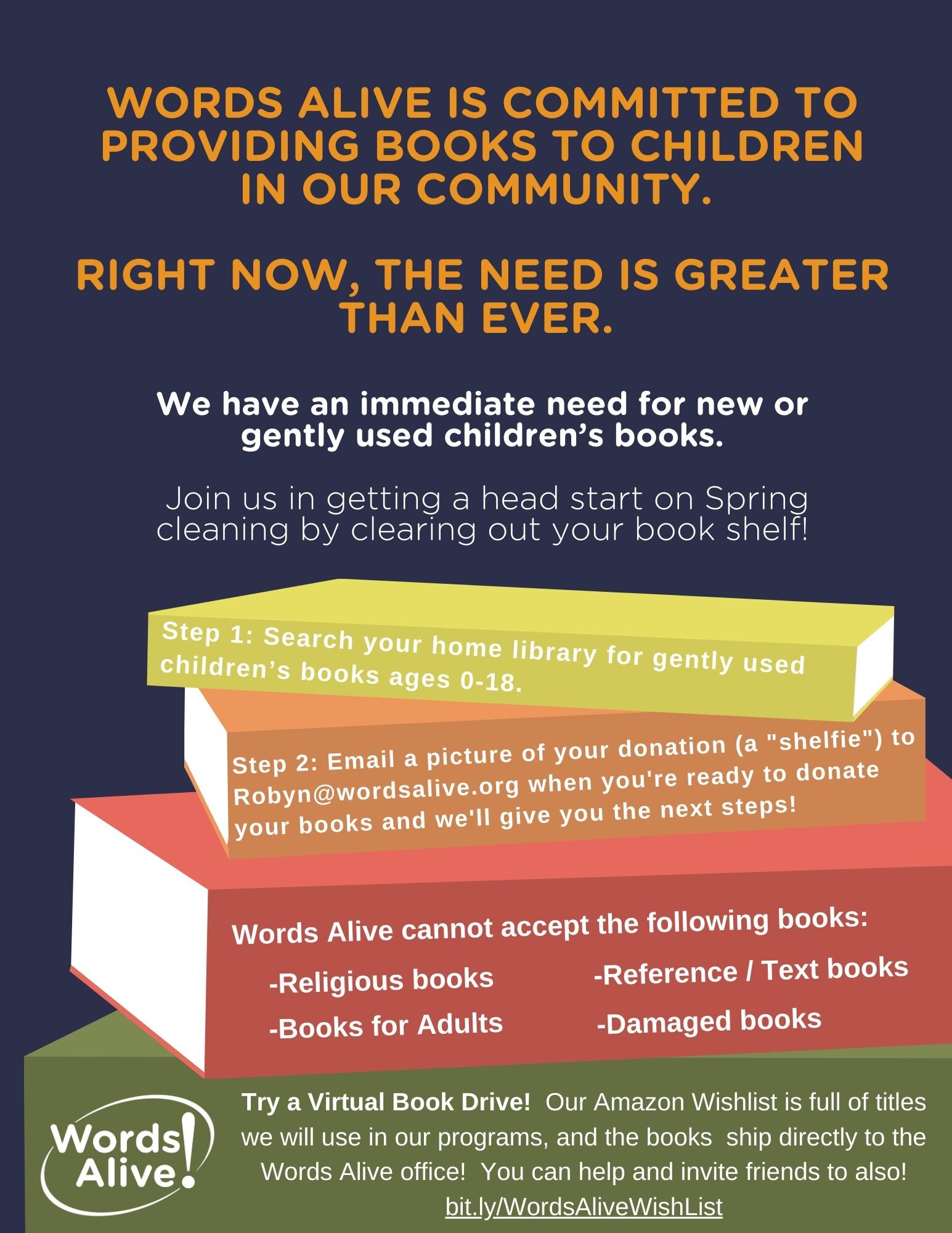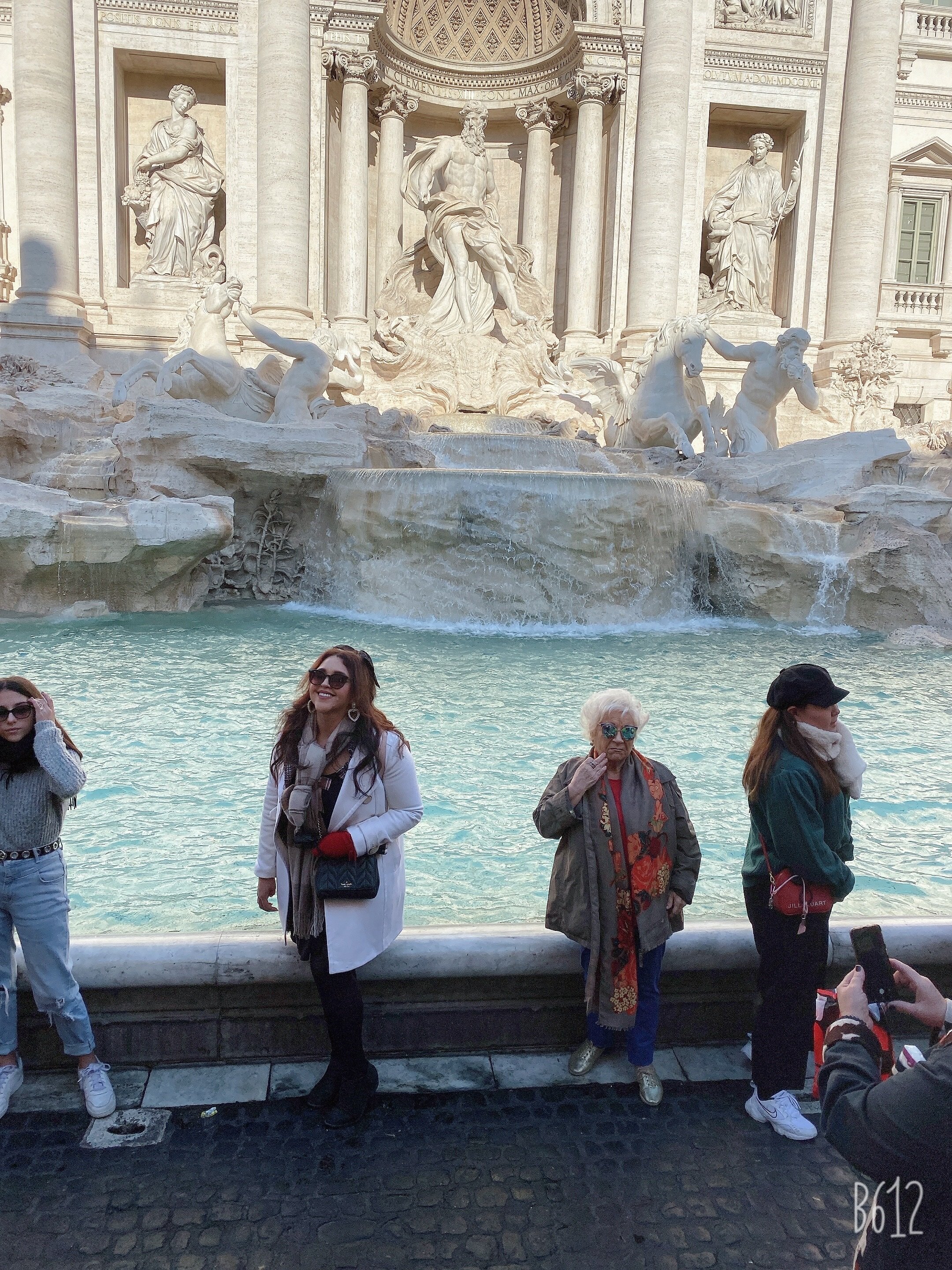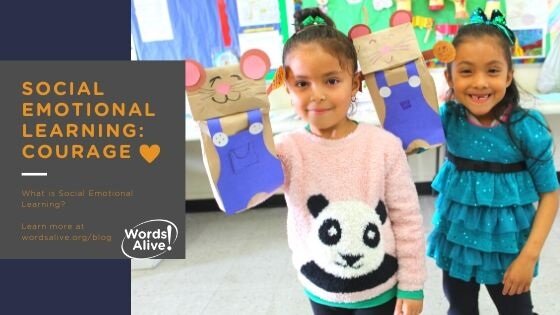What is Social Emotional Learning (SEL)?
"Social and emotional learning (SEL) is the process through which children and adults understand and manage emotions, set and achieve positive goals, feel and show empathy for others, establish and maintain positive relationships, and make responsible decisions," according to the Collaborative for Academic, Social, and Emotional Learning (CASEL).
SEL is a proactive and preventative initiative for teaching children skills that help them thrive physically, mentally, emotionally, and socially. SEL is proven to reduce anxiety, addiction, and behavior issues while also increasing academic performance and promoting well-being. By developing these vital skills, children are better able to successfully cope with daily challenges in school, life, and later on at work. SEL provides a foundation for positive, long-term effects on children, adults, and communities.
SEL programs can be integrated into school curriculums or learned outside the academic environment.
Why is it Important for Children to Learn SEL?
Skills learned through Social Emotional Learning don't just help children cope better now, they carry into the future, to all aspects of life, and continue promoting positive effects throughout adulthood.
Research shows that children who have participated in SEL programs:
· Perform better in school
· Enjoy school more
· Have better school attendance
· Are less disruptive in classrooms
· Show improved academic performance on standardized tests
· Are less likely to be suspended or disciplined at school
SEL can also help improve a child's social relationships, increase motivation to learn, and reduce antisocial, violent, and drug-using behaviors.
What is The Choose Love Movement™?
Scarlett Lewis founded the nonprofit organization, Jesse Lewis Choose Love Movement™, after her six-year-old son, Jesse Lewis, was murdered at Sandy Hook Elementary School in Newtown, Connecticut, on December 14, 2012, in one of the worst mass shootings in U.S. history.
The Choose Love Movement™ is about teaching children and adults to choose love over anger. The tragedy at Sandy Hook began with an angry thought in the shooter's head. This movement's mission is to make children aware that they have the power to control their own thoughts, and to teach them the benefits of changing angry thoughts into loving ones.
“Although we can’t always choose what happens to us, we can always choose how to respond...Children can learn to choose a loving thought over an angry one. When a child realizes that they have the power to positively impact themselves as well as those around them, it is empowering and perpetuates their positive actions and interactions.” — Scarlett Lewis, Founder of the Jesse Lewis Choose Love Movement™ (Source)
Jesse Lewis Choose Love Movement™ offers various "Choose Love" programs for schools, homes, and communities, including their signature program: The Choose Love Enrichment Program™.
The Choose Love Enrichment Program™
This program uses a social emotional learning curriculum that integrates SEL with character education, positive psychology, mindfulness, neuroscience, and emotional intelligence. It teaches educators and students how to choose love in any circumstance, and promotes a classroom culture where students feel safe, nurtured, connected, and empowered.
The Choose Love formula focuses on four character values (or pillars) that cultivate optimism, resilience, and personal responsibility: Courage, Gratitude, Forgiveness, and Compassion.
The Choose Love Movement™ has reached over 1 million children worldwide and their programs work! Check out these results from the Annual Choose Love Educator Survey (2018-2019):
99% said that they have seen an improvement in classroom climate and in the students’ overall behavior
73% said that their students get along better
81% said their students have a more positive attitude
62% have seen an increase in academic performance in their students
95% rated the program “good”, “very good”, or “excellent”
99% said they enjoyed teaching the program
96% said their students enjoyed the program
Why is it Important to Teach Courage in the SEL Movement?
The first "Choose Love" pillar is courage. The Program Overview defines courage as:
Courage is the willingness and ability to work through obstacles despite feeling embarrassment, fear, reluctance, or uncertainty (Martinez, 2015). When you practice courage, you make positive choices even when it may be difficult for you. It takes courage to express our feelings, make ethical choices, tell the truth, admit mistakes, ask for forgiveness, and to be kind. This is especially true when others might not be leading by example. Courage requires self-awareness and self-regulation (Greenberg, 2016).
It's not always easy to show courage…But courage is essential because it supports the other three "Choose Love" pillars. When things aren't going your way, it takes courage to be grateful. When someone hurts you or something bad happens, it takes courage to forgive. And when you feel pain or think you already have too much to handle, it takes courage to show compassion.
But, when you practice being courageous, you'll also have:
· Less fear
· Less anxiety and stress
· Enhanced self-esteem
· Improved ability to express yourself and your feelings
· Increased self-awareness
· Willingness to try difficult tasks

















